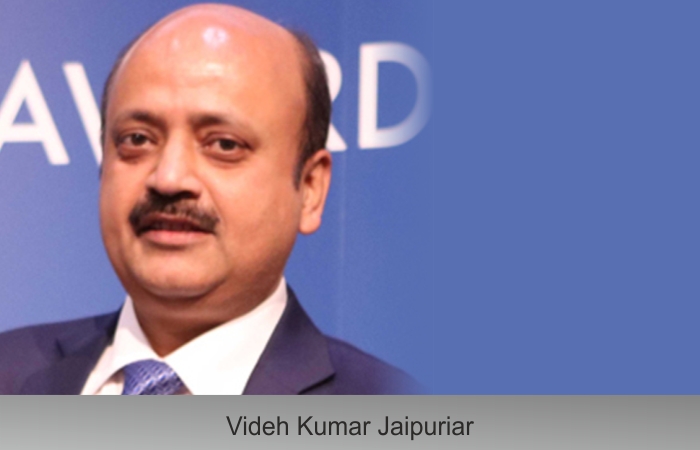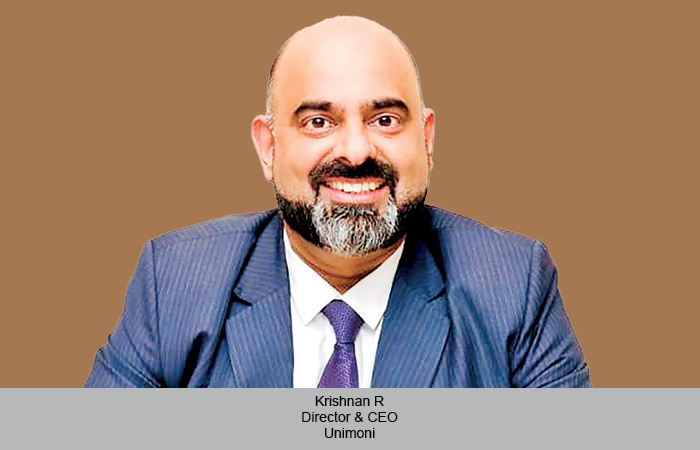Videh Kumar Jaipuriar, CEO, Delhi International Airport Limited (DIAL), says that through technology and updated
processes, including suspension of stamping of boarding passes, the airport now ensures a higher level of sanitisation and touchless travel to boost passengers’ confidence and their airport experience.
Nisha Verma
The preparations at Delhi Airport can be divided into four Ps of protection against COVID-19 — People, Place, Processes and Passengers, says Videh Kumar Jaipuriar.
People
“By ‘People’, we refer to those working at the airport who are going to service passengers when they arrive. Hence, we have put in place a safe-working SOP. Aarogya Setu App is also mandatory because it helps in contact tracing. There is also regular thermal screening and nobody is allowed inside the offices without undergoing the same. We’ve made norms for PPE depending on risk profiles of different roles, which is in line with the recommendations of Ministry of Health. We also have a 24×7 emergency helpline in case any support is required, and there are regular trainings for implementing these safety measures,” he explains.
Place
This refers to deep cleaning of the airport. While the two-month shutdown of commercial operations was effectively utilised to sanitise and deep clean the airport premises, a few additions have now been included in the way the place is maintained. Jaipuriar says, “In terms of air conditioning, we introduced more fresh air into the system. In fact, we are changing the air inside the terminal every 10 minutes. We have six rotations of air in an hour, which means that the temperature inside the terminal may not be as comfortable as it was in the past, but is much safer. Even when the air comes inside the terminal, we have handling units fitted with UV-light and the air gets disinfected and goes through HEPA filters to make sure that people get the safest air possible inside a public building.”
Processes
While Delhi Airport is already following the SOPs and processes circulated by Ministry of Civil Aviation, it has gone a notch higher in ensuring passenger safety, claims Jaipuriar. In fact, he says that Delhi Airport now has something called ‘Scan and Fly’, where on scanning a barcode, the system generates a boarding pass. “There is e-boarding, which doesn’t require any stamping, and one can order on the App if they want an F&B product and then go and pick it up,” he adds. “Whether it is for check-in baggage or security, BCAS (Bureau of Civil Aviation Security) has done away with frisking for some time. We have put in technology so that there is no stamping of boarding pass.
Passengers
The CEO says that while the airport is doing everything it can, passengers, too, will now have to be more mindful of how they travel or conduct themselves at an airport. “I call it MDH – Masks Distancing Hands. Passengers need to wear masks and ensure they are maintaining social distance and sanitising their hands regularly. Inside the airport, we have 400 points for hand sanitisation,” he shares.
Key findings of survey at Delhi Airport
- 90% passengers are confident that aviation sector is well-prepared to handle the crisis
- Business travel and VFR traffic is back at pre-COVID level at Delhi Airport
- Holiday travel, once a major chunk of traffic at Delhi Airport, has been replaced by ‘distress travel’
 TravTalk India Online Magazine
TravTalk India Online Magazine





